2025 – CHW
A very hot few days but the onshore winds have helped lower the temperature.
Denis White, aged at least 84, still at work in the nursery now that he has been extracted from the old folks home where his wife has dementia. Watering with a zimmer frame!
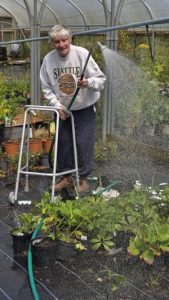
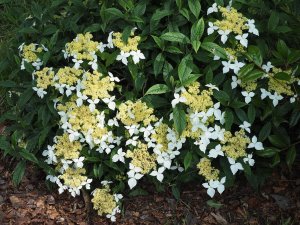
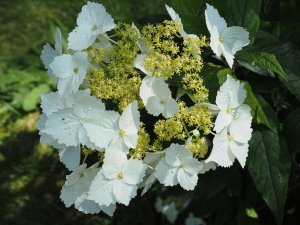
2024 – CHW
I have never known a year like it for ticks in the long grass. The result, I assume, of the incessant rain this year. The dogs are plastered every time they go out but, fortunately, their treatment means the ticks dies after they bite. Not the case when the latch onto me!
Rhododendron ‘Moser’s Maroon’ is very late into flower.
2023 – CHW
First flower out on the Magnolia delavayi hedge below the lawn. The start of a 6 month flowering season if we get no frost.
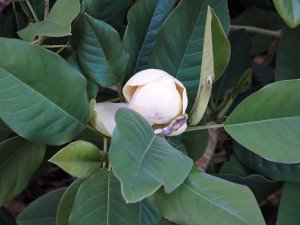
More Tilia species to inspect today.Why is it that so many species of styrax hide their flowers within the inside of their foliage canopy? What in nature makes them do that rather than show off their flowers to insect pollinators? The exceptions are S. wilsonii, S. americanus, S. hemsleyanus and, partly, S. hookeri. S. japonicus (all forms) is perhaps the worst, followed by S. formosanus (all forms), S. obassia and S. wuyuanensis. S. shiranus and S. officinalis are too small here as yet to see if they qualify or not but I suspect that shiranus is a ‘hider’ too from the few flowers seen so far.First flowering of Crûg Farm’s Hydrangea angustipetala f. macrosepala (CWJ 12441). Three plants above the sales point but only one fully out. The sterile florets start out small but then become huge. Very distinctive leaves. Well worth propagating to create more clumps of this in the garden. Asia please.
A warm visit to the nursery today.Bergenia ‘Morgenrote’ in full flower which is odd in June.
A trip to inspect one of the new plantings undertaken last autumn.Meliosma dilleniifolia subsp. cuneifolia with erect and upright panicles of flowers. I wonder if it is true to name. New Trees now has three subspecies of M. dilleniifolia and I will enjoy seeing exactly what we have when the flowers are fully out. We should have the lot according to the planting records but I am doubtful.
The dark red Azalea indica is just out beside the front door. Weeks after the first ones came out in the Auklandii Garden.
Yesterday a Great Gardens of Cornwall meeting at Lanhydrock Estate Office and then a garden tour with Tommy Teagle, the head gardener, who has worked here since 1977. Peter Borlaise, his predecessor, is now 90 but still going strong which is good news.Rhododendron serotinum which is scented and very like Rhododendron auriculatum except in its leaf shape.
Overnight at Brasted’s hotel and restaurant near Norwich. Left home at 3pm. Flight from Newquay to Stansted and sitting down to dinner by 8.45pm.
Blueberry fruit changing colour already in the Harrod Horticultural vegetable garden.
A few more Burncoose novelties for the 2017 catalogue photographed today:Euphorbia choracias ‘Tasmanian Tiger’ seems very similar to Euphorbia ‘White Swan’ but if you like variegation this is one for you.
2015 – CHW
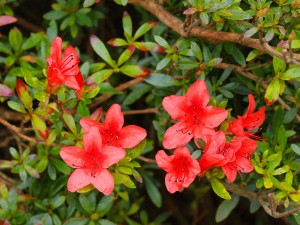
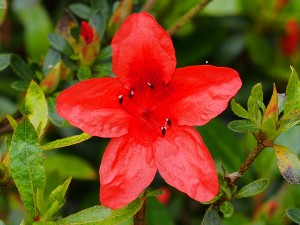
A very old Azalea indica with orange-red flowers outside the front door is coming out. We know the Camellia ‘Lady Clare’ beside it dates from 1902 and that the pictures of JCW and his mother moving into Caerhays in 1868 does not show the azalea.
Three more Magnolia grandifloras on the top wall are now out. One has had a flower since February (see back). They all came from New Zealand about 20 years ago.‘Main Street’ – with large and unpleasantly floppy flowers.
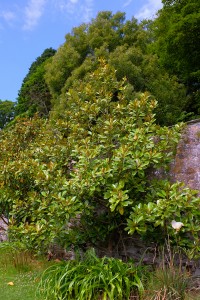
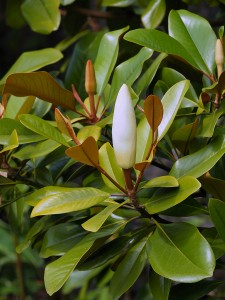
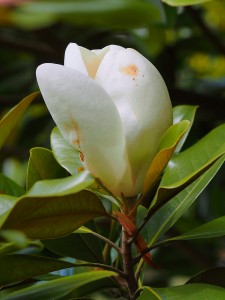
1991 – FJW
Wet June – very heavy rain today – cool. DFW started her magnum carpet.
1933 – JCW
Just as in 1931.
1931 – JCW
Came back from Scotland. Maddeni has been as good as I ever saw as they have escaped the hot sun which commonly ruins the flowers. Harrow hybrids are really fine. Mag parviflora has many blooms perhaps hundreds on the big plant. Styrax japonica is not open yet. The late Obtusums near the Top Lodge are in flower.
1924 – JCW
R griersonianum, R maddeni, Harrow hybrids are all good. Styrax hemsleyanus comes on fast.
1920 – JCW
Ten days earlier than the above. The Beech Walk A arborescens are very good and so is the Maddeni . A Mikado is good at the Top Lodge.
1916 – JCW
Maddeni, the Wilson Fortunei’s , one or two Harrow hybrids, a Mikado and an orange azalea or so are all of that family open, with the Maddeni x cinnabarinum lot. Bamboo henonis is just starting.
1915 – JCW
Azalea Mikado and R micranthum with the Ponticums in the shade are the best rhodo’s. Wilson’s Fortunei’s are opening. B henonis is not really open yet. R calophytum is very good.




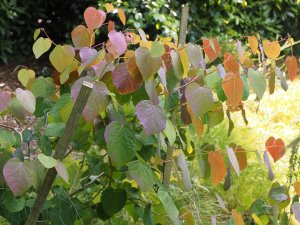
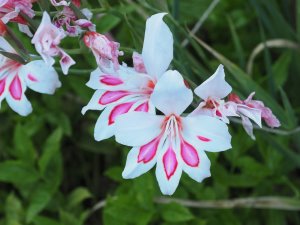
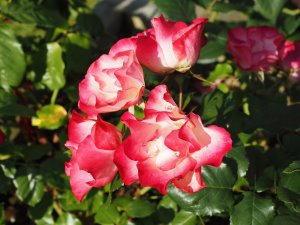
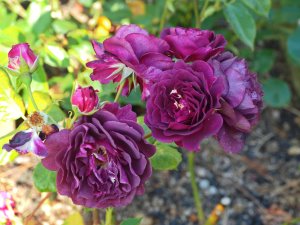

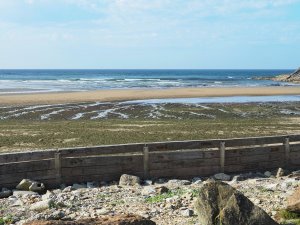
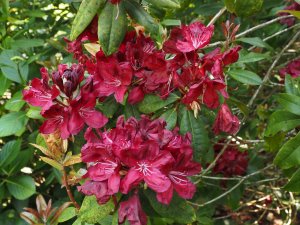
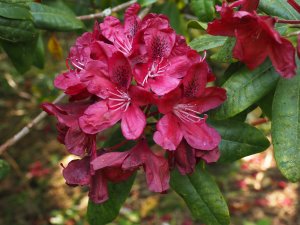
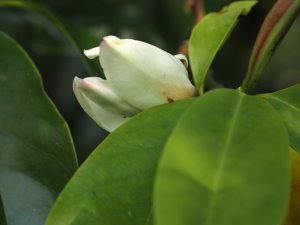
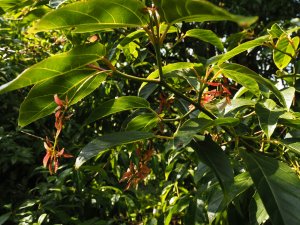
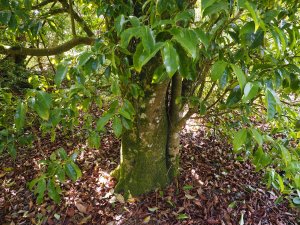
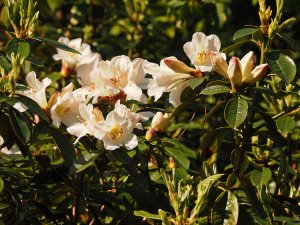
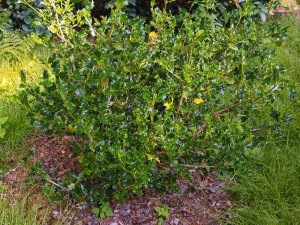
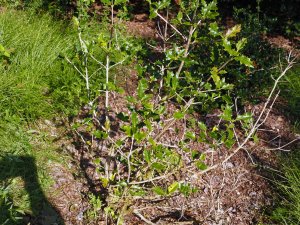
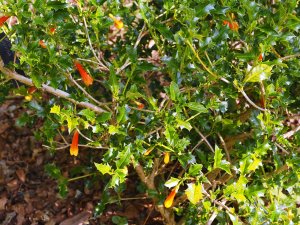
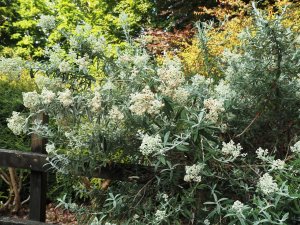
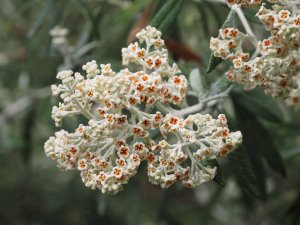
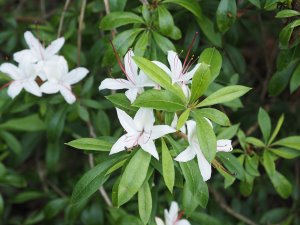
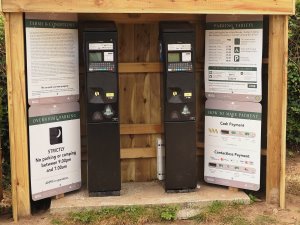
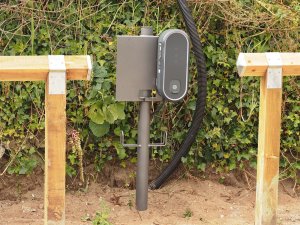
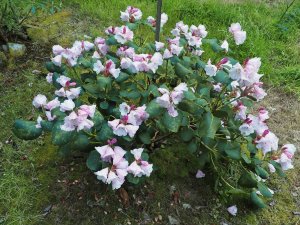
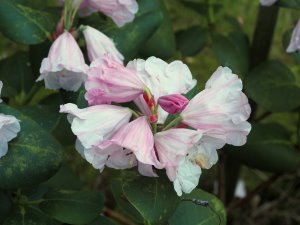
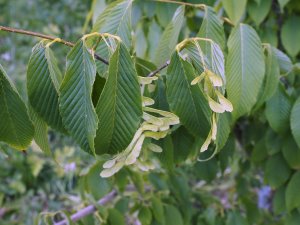
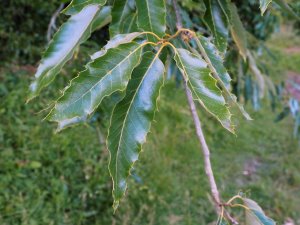
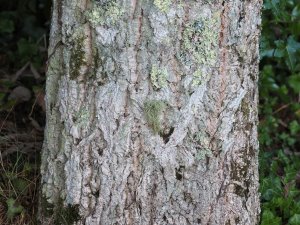
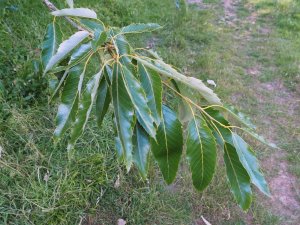
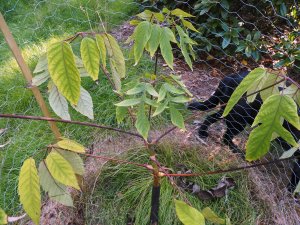
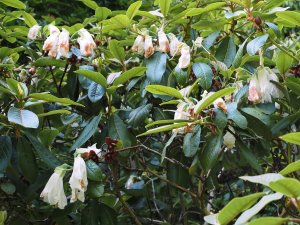
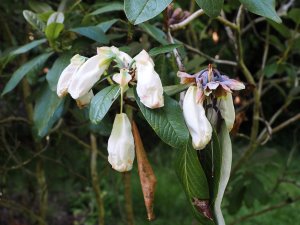
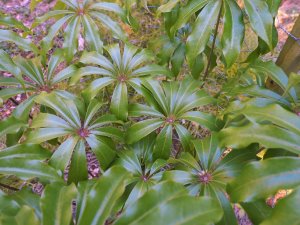
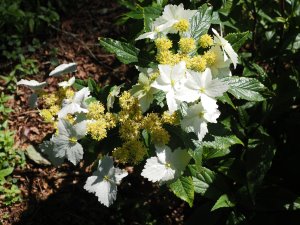
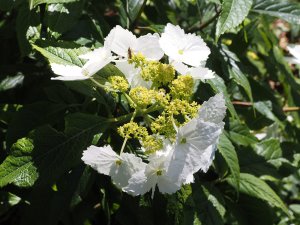
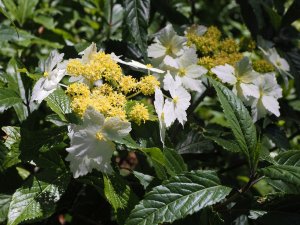
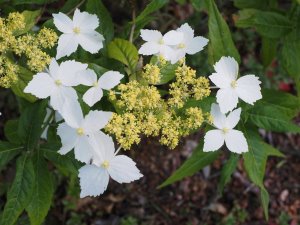
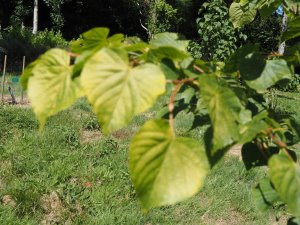
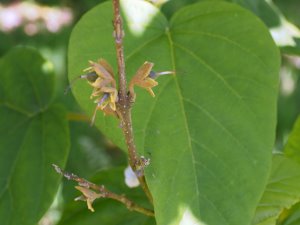
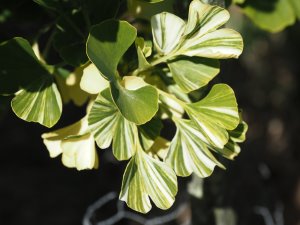
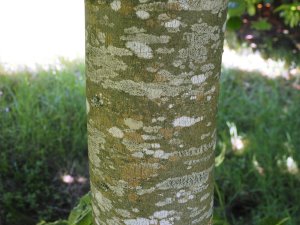
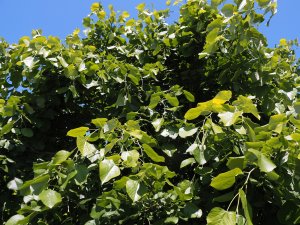
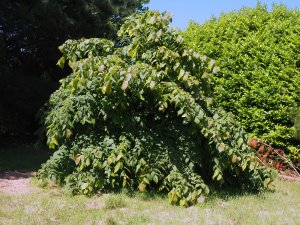
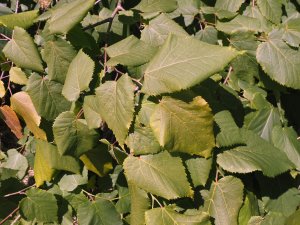
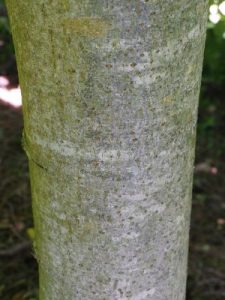
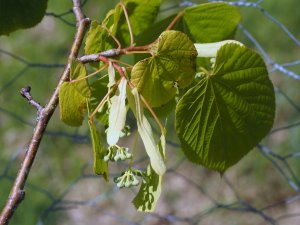
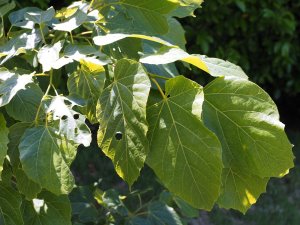
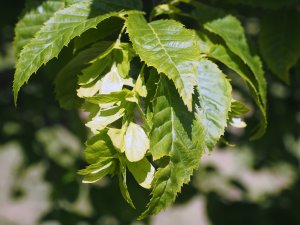
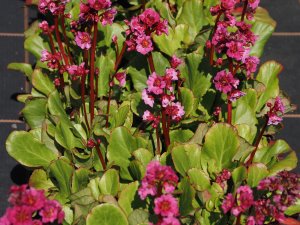
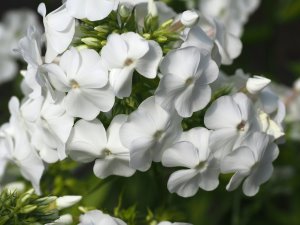
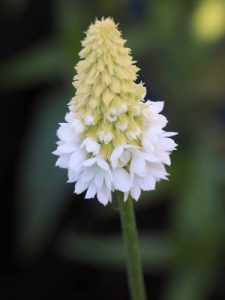
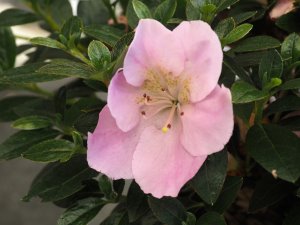
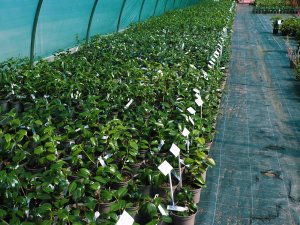
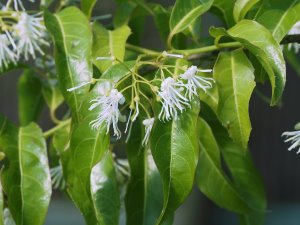
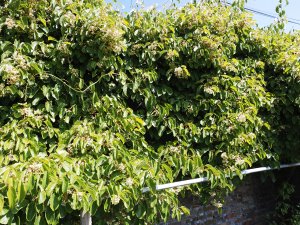
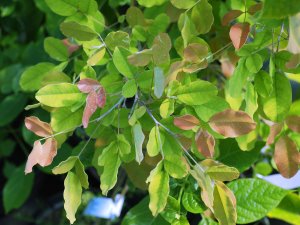
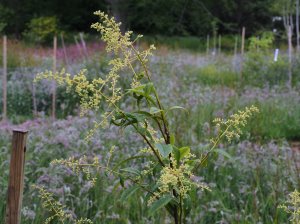
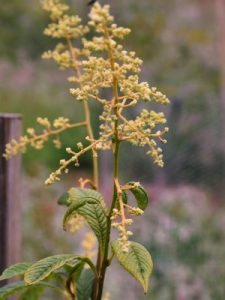
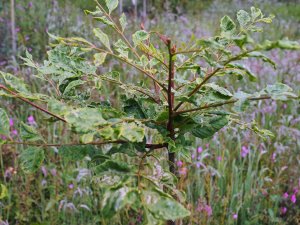
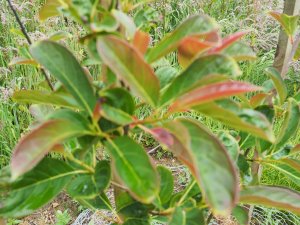
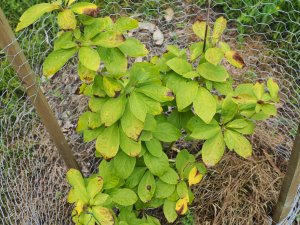
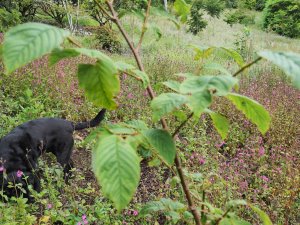
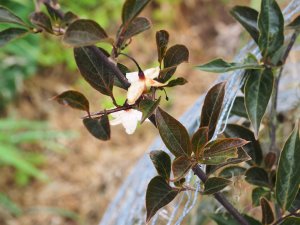
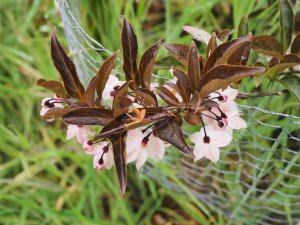
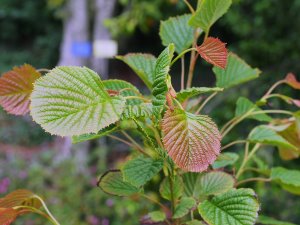
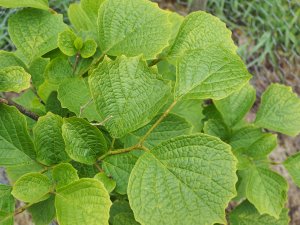
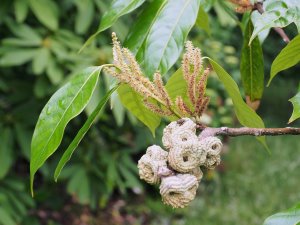
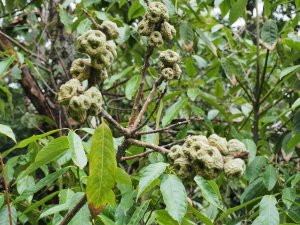
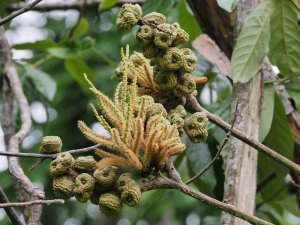
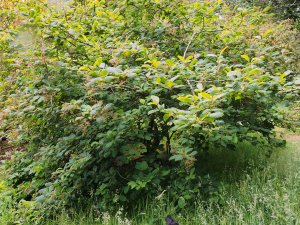
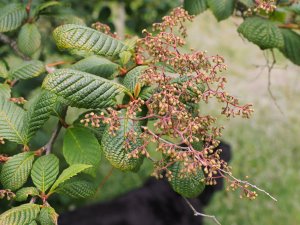
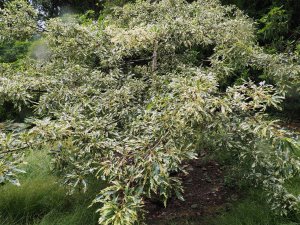
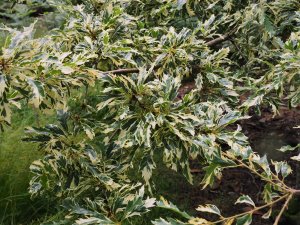
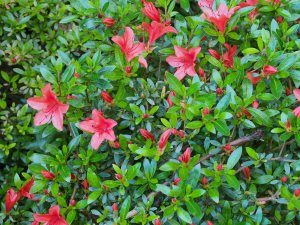
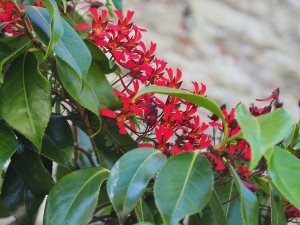
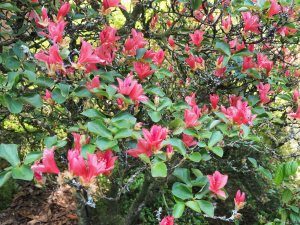
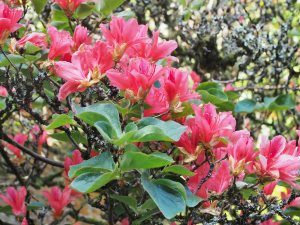
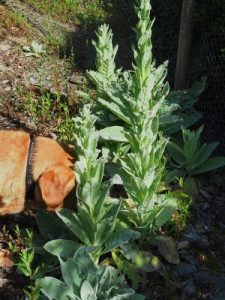
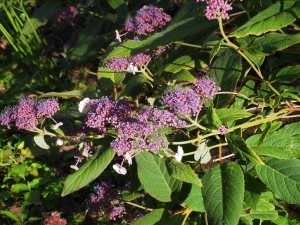
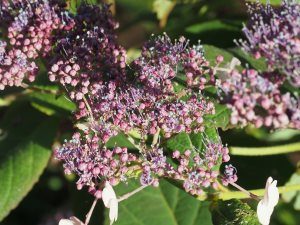
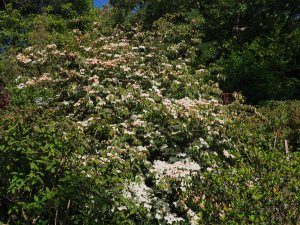
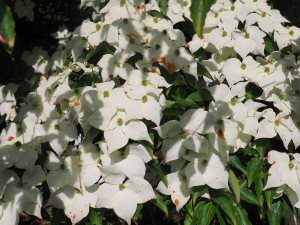
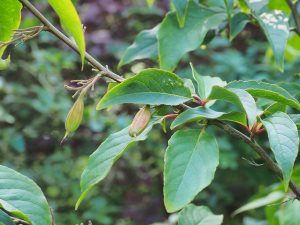
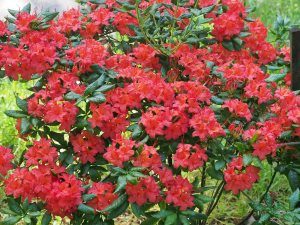
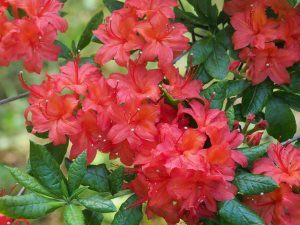
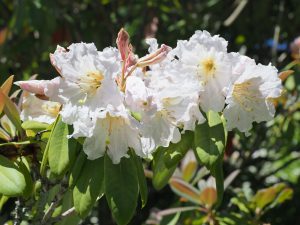

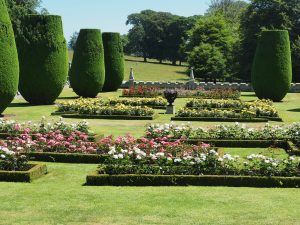
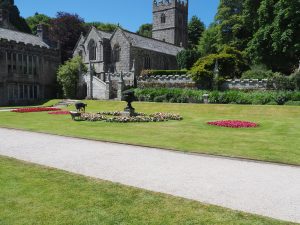
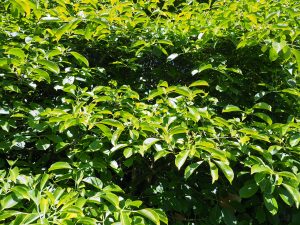
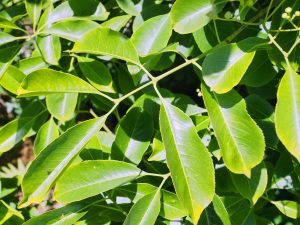
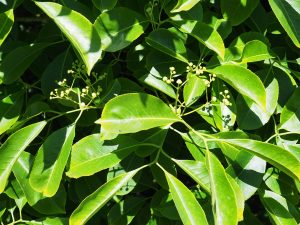
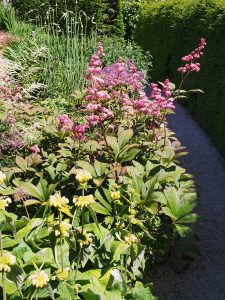
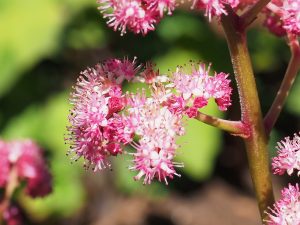
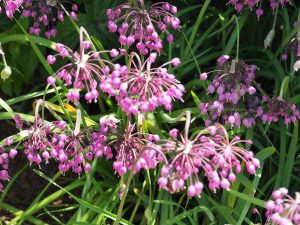
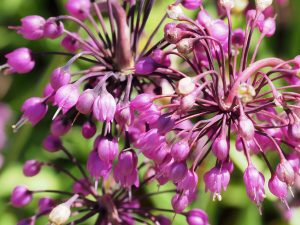
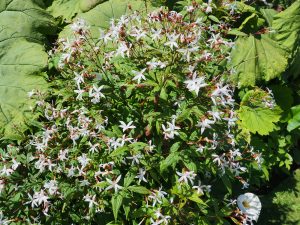
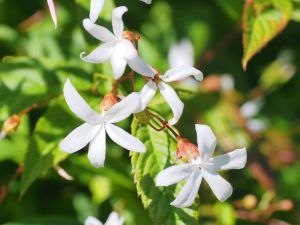
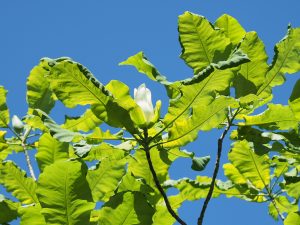
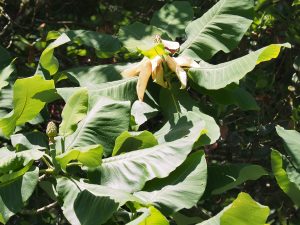
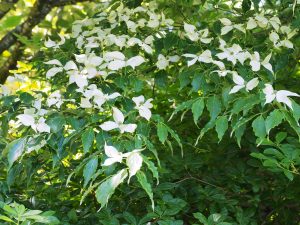
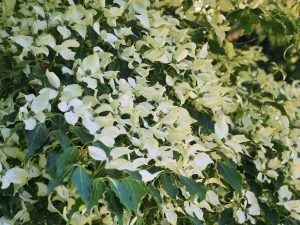
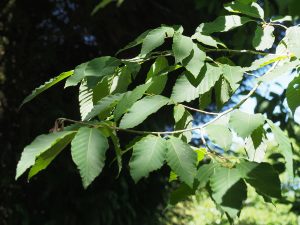
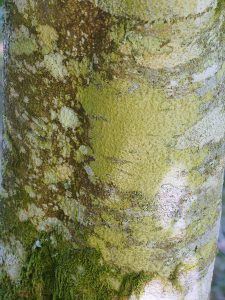
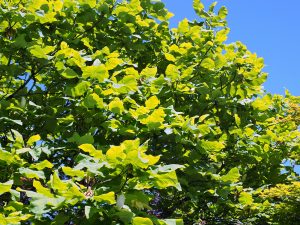
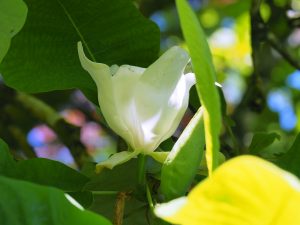

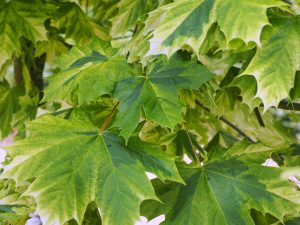
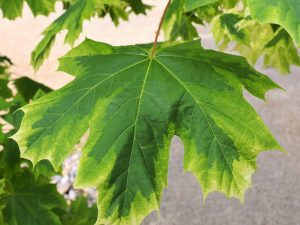
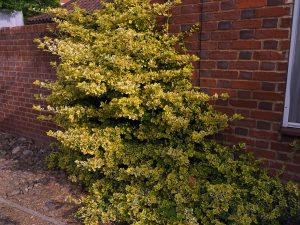
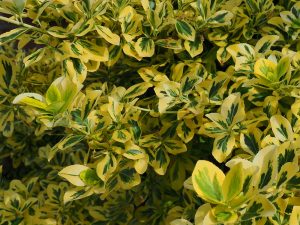
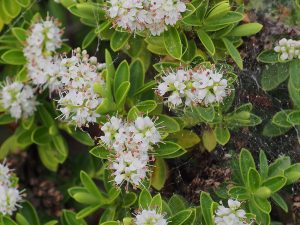
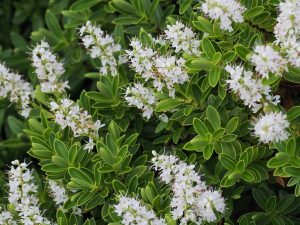
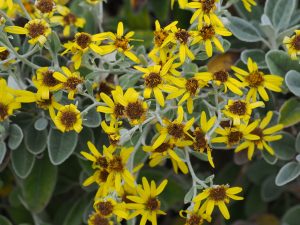
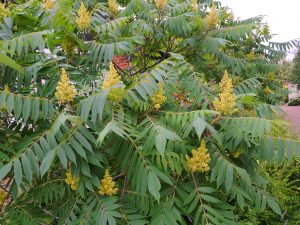
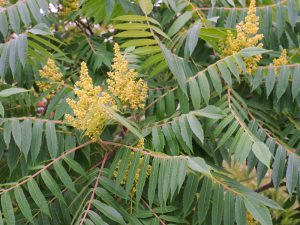
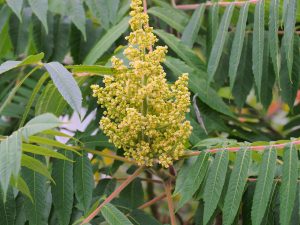
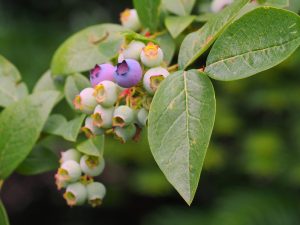
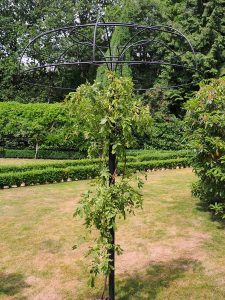
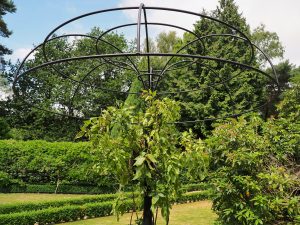
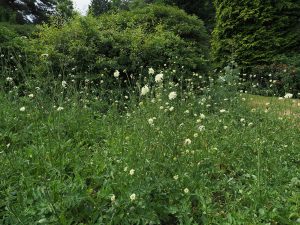
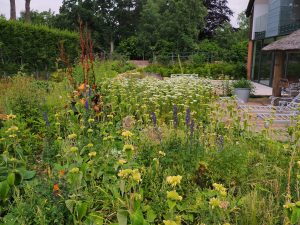
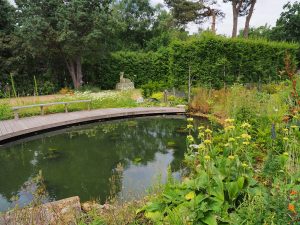
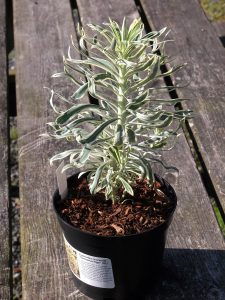
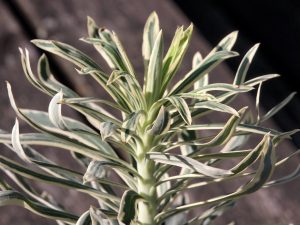
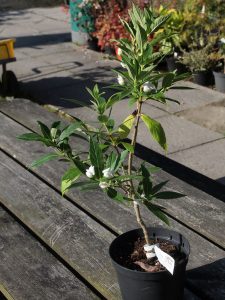
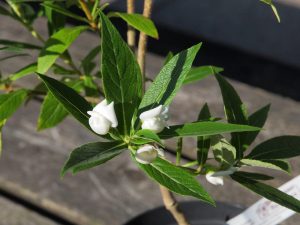
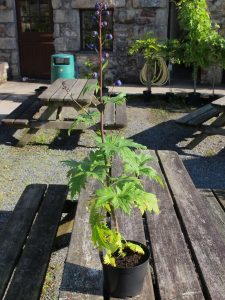
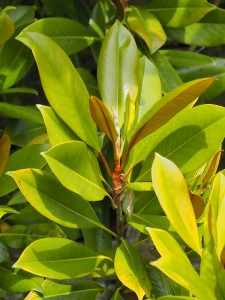
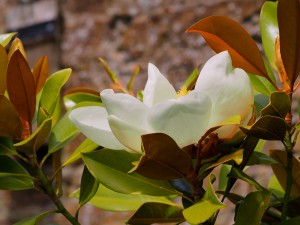
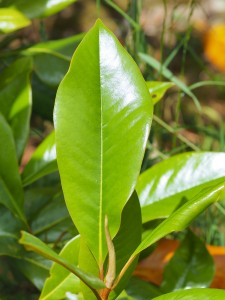
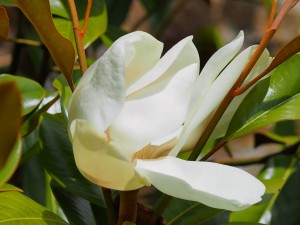
Some lapsi of species-spelling: Hebe rakaiensis, Euphorbia characias, Huodendron biaristatum, Bowkeria verticillata (rarely seen), and on 24. June, Ilex gagnepainiana, after french botanist Gagnepain, Magnolia sapaensis.
Wisteria venusta is rare, with nice, shorter racemes and odorous (not slightly, as Bean writes), growing obviously much lower than others.